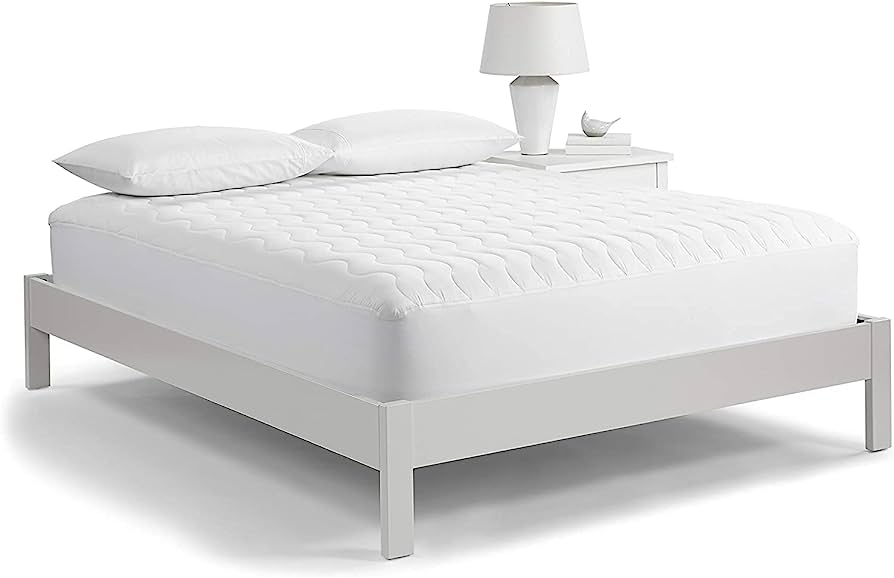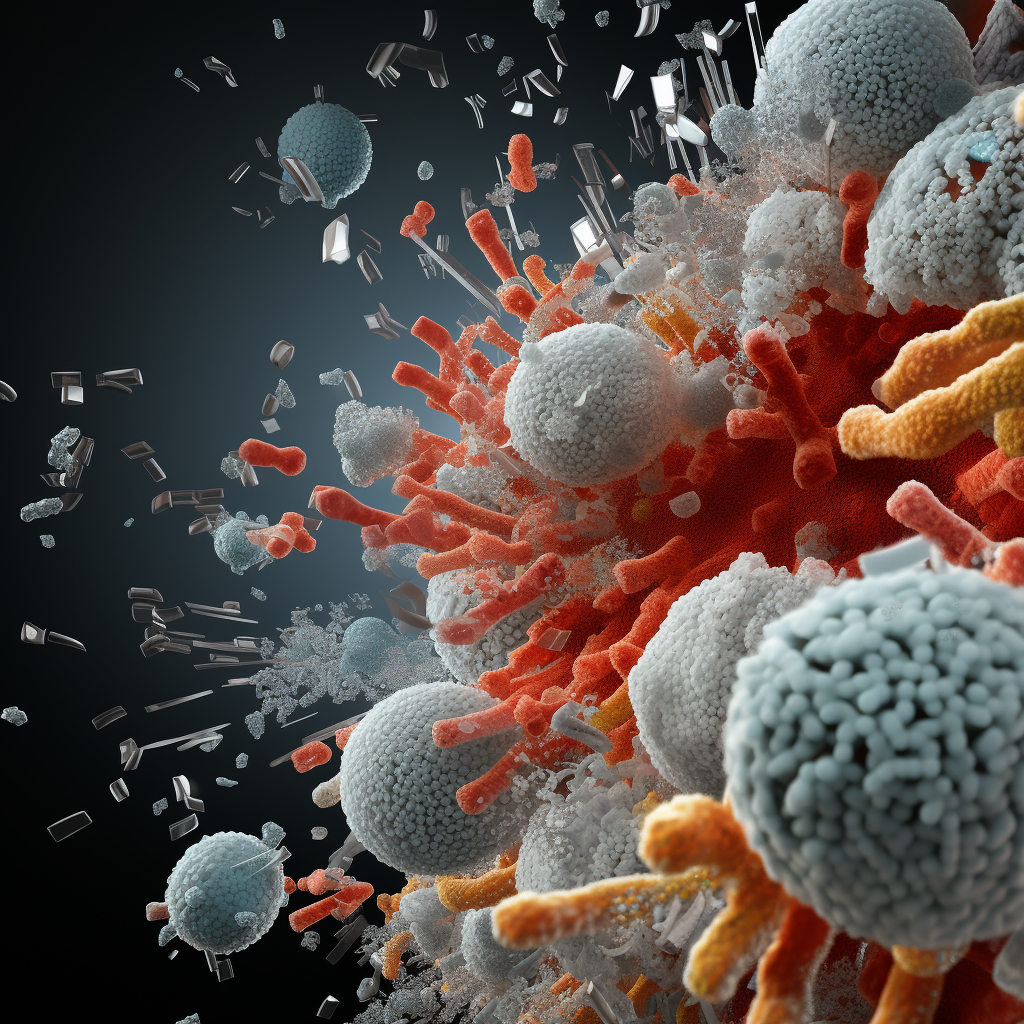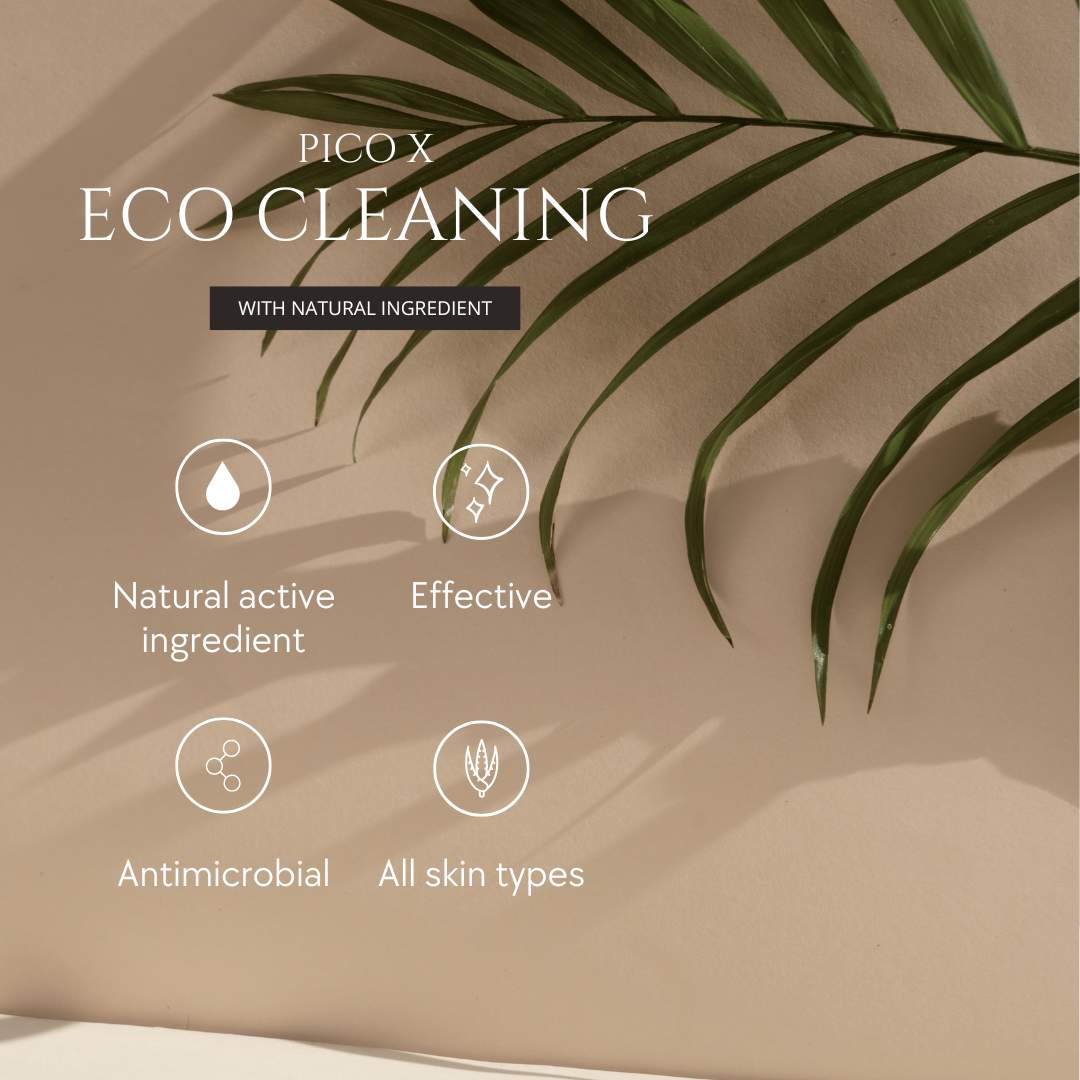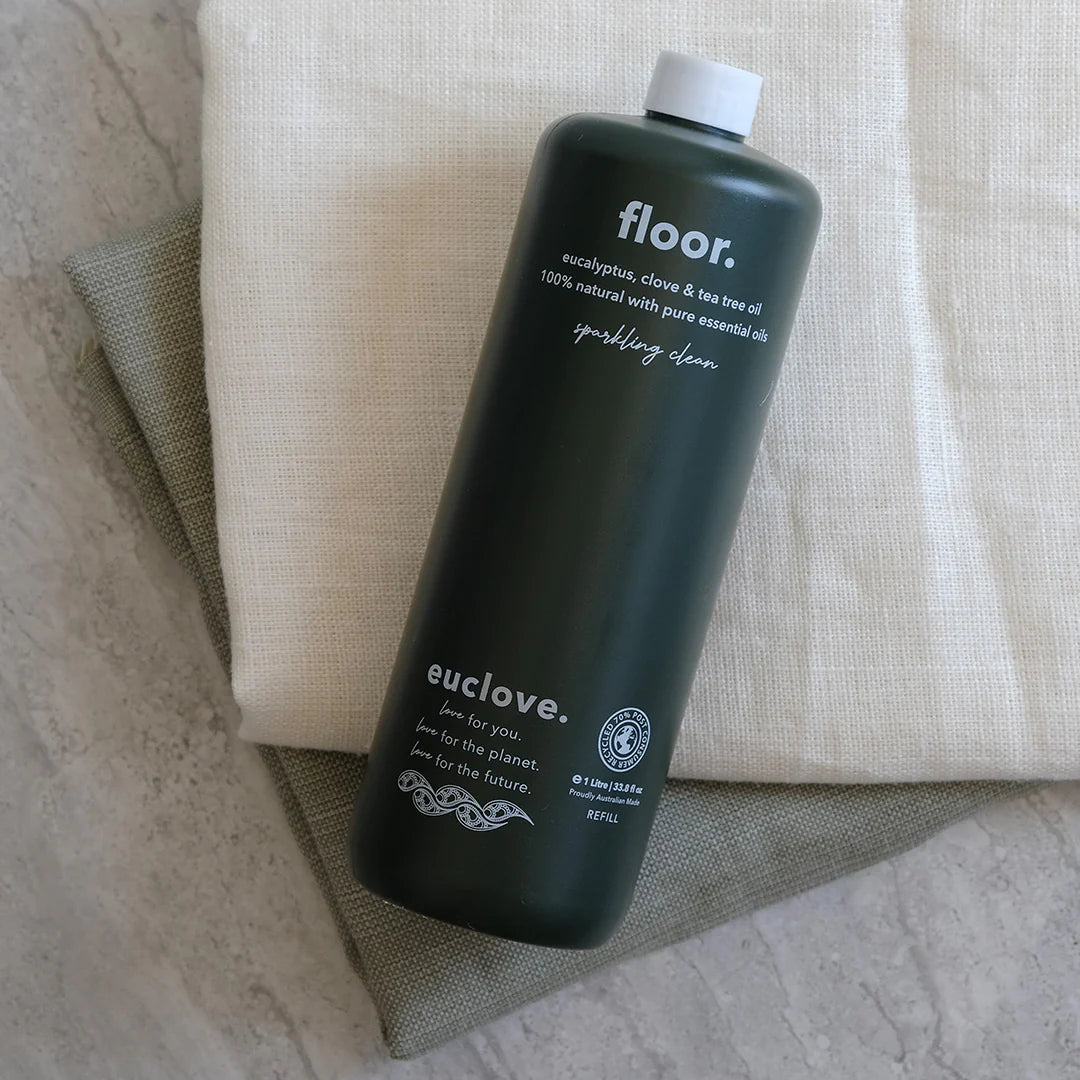-

Adoption of Antimicrobial Coating In The Hospitality Industry
-

Antimicrobial Coated Mattress For A Safe Night's Sleep
-

A safe way to improving indoor air quality and prevent mould at home.
-

Antimicrobial Coatings on Mattresses
-

Antimicrobial Coatings: A Revolution in Home and Commercial Space Hygiene
How could antimicrobial coating help to reduce HAI?
- 2 min reading time
HAIs affect up to 10% of hospital patients in the United States, resulting in billions of dollars in annual costs. These infections can be caused by a variety of microorganisms, including bacteria, viruses, and fungi, and they can be transmitted through a variety of routes such as contact with contaminated surfaces, respiratory droplets, and bodily fluids.
One of the main ways in which antimicrobial coatings can help to reduce HAIs is by providing a physical barrier to the spread of infection. For example, antimicrobial coatings can be applied to high-touch surfaces such as bed rails, doorknobs, and medical equipment, helping to prevent the transmission of microorganisms from one person to another. This is particularly important in situations where it is difficult to clean and disinfect surfaces frequently, such as in operating rooms or intensive care units.
In addition to providing a physical barrier, antimicrobial coatings can also kill or inhibit the growth of microorganisms on the surface. This can be particularly helpful in reducing the risk of HAIs, as it can help to prevent the proliferation of microorganisms that can cause infection.
It is important to note that antimicrobial coatings are not a substitute for good infection control practices such as hand hygiene and the use of personal protective equipment (PPE). These measures are essential for preventing the spread of infection in the healthcare setting. However, antimicrobial coatings can be an important addition to a comprehensive infection prevention program, helping to further reduce the risk of HAIs.
There are several different types of antimicrobial coatings that are available for use in the healthcare setting. These include coatings that contain silver, copper, or other antimicrobial agents, as well as coatings that are designed to release antimicrobial agents over time. It is important to choose an antimicrobial coating that is appropriate for the specific application, as different coatings may have different properties and effectiveness against different types of microorganisms.
In conclusion, antimicrobial coatings have the potential to play a significant role in reducing the incidence of HAIs in the healthcare setting. By providing a physical barrier to the spread of infection and killing or inhibiting the growth of microorganisms, antimicrobial coatings can help to reduce the risk of HAIs and improve patient outcomes. However, it is important to use antimicrobial coatings in conjunction with other infection control measures such as hand hygiene and PPE in order to achieve the best results.
-

Best Fabric Refresher 2023
-

Looking for the Best Cleaning Services in Singapore?
-

Benefits Of Essential oil Based floor cleaners - Eucalyptus, Clove and Tea Tree
-

Top ten cleaning services in Singapore?









